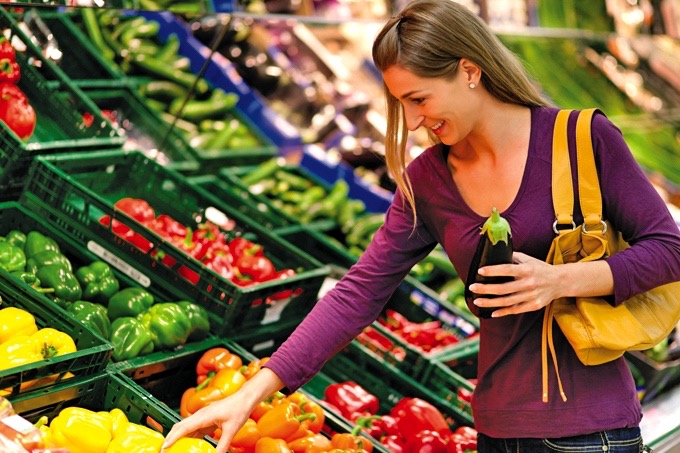The food industry is gathering now at different trade shows and events.
It is the first time in two years that it has come together to figure out what consumers are now thinking, believing, hoping and most important, fearing. Trends, flavours, and tastes have changed since March 2020. But after more than two years of the pandemic, it’s not easy to determine exactly how the consumer has evolved.
The Agri-Food Analytics Lab at Dalhousie University, with the help of Caddle Insights, has just published new data concerning the Canadian food market. If we are to believe the forecasts, by 2025, the food market in Canada will be more home based, more virtual, and influenced by the greater curiosity of consumers who now have overall higher food literacy.
Read Also

The new spin on farm legacy
Farmers are starting to think differently about the future of their farms in Western Canada. What does this mean for the next generation and farm succession planing?
First, let’s talk about home life. One thing is clear, the work-from-home phenomenon is here to stay. Too many employers are saving immensely by keeping some employees home. The same applies to the employees themselves. They’re spending less money on transportation, but also clothing, haircuts, makeup – you get the idea. It is estimated that by 2025, 39.5 per cent of consumers, or two in five people, will work at least one day a week from home. By spending more time at home, consumers have also been cooking more and learning new culinary skills. Not only have 34.2 per cent of Canadians learned at least one new cooking style since the start of the pandemic, but 51.8 per cent have also learned at least three new recipes. Almost 40 per cent of people have acquired new skills such as making bread or pasta at home, and 45.2 per cent have discovered new ingredients.
In other words, food literacy in Canada has increased since the start of the pandemic. Consumers know how to make more informed choices through more in-depth knowledge of food. The industry must deal with a more curious public, who will have an informed opinion.
The number of households that own at least one pet has also soared. Since the start of the pandemic, 26.1 per cent of Canadian households, or one in four, have adopted a pet for the first time, and half of them have adopted either a cat or a dog. This is not a trivial fact since research tells us that a pet owner will be more sensitive to ethical animal treatment. This will have a significant effect on choice of protein consumed. In fact, we estimate that 3.2 million Canadians now consider themselves flexitarians, about one million are pescatarians, 913,000 are vegetarians and 560,000 are vegans. Apart from veganism, all diet types with less meat or no meat are on the rise in Canada. This is something to watch very closely for food innovators.
With more people moving to new areas and with COVID outbreaks in some stores, many consumers are also shopping differently. In fact, 26.1 per cent of Canadians have visited stores they hadn’t visited before the pandemic. It’s pretty much the same for restaurants. The legacy of the pandemic is to have prompted many consumers to reconsider where they buy their food on a regular basis. These are great opportunities for the industry. Less populous regions are getting a second wind due to more people fleeing big cities in Canada.
- Comment: Grocery store shelves are all right
As a result, the virtual food market is exploding. Almost 40 per cent of Canadians order food, either at retail or in food service, at least once every two weeks. By 2025, 30.1 per cent of Canadians will continue to buy food online on a regular basis. Indeed, we anticipate that by 2025, 10 per cent of food sales in Canada will occur online. Before the pandemic, estimates were around 1.7 per cent. Quite an increase.
And finally, to learn about food trends, Canadians stick to the social network. Aside from family, YouTube, TikTok and Facebook are the most used communication vehicles that influence the diet of Canadians. The industry needs to increase its presence on these platforms if it wants to influence trends, especially after a pandemic has forced everyone to take in more information online.
In a nutshell, anyone who’s changed their grocery habits since March 2020 is not alone. And keeping the industry on its toes is always a good thing.
– Sylvain Charlebois is senior director of the Agri-Food Analytics Lab.















